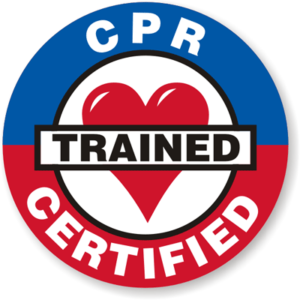
Surfing Etiquette
The Below Surfers Etiquette has been around for over 60 years, most people who are involved in surf sports follow these rules. Think of them as rules of the road, if most people are following them, and you do not, you and others may get hurt. They are designed to protect everyone, and everyone in the ocean should follow them.
Overview – If you can’t swim fifty yards easily, don’t even think about surfing, paddleboarding, or even being out in the lineup with other people doing so, until you can! Read more about surfing etiquette here. When learning to surf, it is better to paddle out at a break that doesn’t have many people. This is good for you, and experienced paddleboarders and surfers,because you don’t get in their way, they don’t get in your way. It’s easier to catch waves with less people in the water around you and it’s also safer. Since there are less people and you catch more waves you will learn faster. It doesn’t matter if the waves are closing out if you are in the beginning stages. If you are learning how to paddleboard it is recommended that you learn on flat waters.
1. The surfer/paddlerboarder who is closest to the white water while standing has the right of way on the wave. Do not paddle for the wave; if the white water is breaking to the left of you and there is someone on your left, they have the right of way. If the white water is breaking to the right of you and someone is on your right, they have the right of way. It would be the same if you cut someone off while driving or if you cruised in front of them while they are skiing down a mountain.
2. Do not hang out in the white water where other surfers/paddlerboarders are finishing their waves, this area is called the inside; it’s a dangerous place to be. If you want to ride the white water go to an area where there are no people.
3. Always be alert and know where you are and where others are around you. If you are paddling out and there is white water coming towards you, don’t let go of your board if there are people behind you. Even if the white water is very big and you will take a beating, better to take a beating than letting someone else get hit with your loose board!
4. A loose board becomes a dangerous projectile that can cause major injury or death. If you get hit in the head in the wrong place it may happen.
5. If you are paddling for a wave and there is someone directly in front of you and you or them have little chance to get out of the way, don’t paddle for it, it’s better to miss a wave than to hit someone.
6. If the waves are too big for you to handle, sit and watch. Watch what the more experienced surfers/paddlerboarders do in certain situations. Watch where they paddle and how they get through the waves. Notice which waves they paddle for and why they don’t try to catch others. See if they keep paddling in one direction once they are outside. If they are there is a current or wind pulling them out of the lineup. On some days when the waves are big there are rip currents, some pull you out some pull you sideways and sometimes the inside current is moving in the opposite direction from the outside current.
7. Always look inside – before you commit yourself to the wave ALWAYS look inside (toward the apex of the wave) to see if someone is already on or about to take off on the wave. If you don’t you could be putting yourself and another rider in serious danger because you may cause a collision. Both you and your board will get hurt and so too will the other surfer. If you’re in the lineup, no matter what you are riding, this rule applies.
8. Wave ownership – The person closest to the breaking part of the wave has the right of way. If someone is up and riding, paddling into the wave behind them does not give you the wave. In many low-key breaks, the first person paddling for the wave owns it. Do not expect this to apply in crowded conditions. A surfer taking off on one side of a peak does not have right of way over a surfer who has already caught or is riding the other shoulder. This means a surfer cannot cross under the peak to the opposite shoulder and expect right of way if it is already occupied. Also don’t paddle on the inside of another surfer, paddleboarder, or Kayaker, to try to steal the wave. Wait your turn and let the person on the inside of you (if in the right spot) surf the wave. Just because you are further out in the ocean does not give you rights to the wave, you MUST look towards the inside for other surfers, paddleboarders, who are sitting in front of the wave, ready to paddle for it. If they were sitting there first, it is their wave.
9. Dropping in – ‘Dropping in’ is when you take off on a wave in front of someone else who is about to or is already up and riding and obstruct or interfere with their right of way. Don’t do this. No exceptions. Someone could get hurt.
10. Attitude – Everyone is out on the water to have fun, if you’re not then go home. If you are having a bad day, take your ‘bad attitude’ somewhere else. Surfing is supposed to be FUN and exhilarating, not an unpleasant experience.
11. Accidents – Always apologize if you make a mistake, if you are involved in or near a collision then stop what you’re doing and make sure that everyone is okay. Above all, keep a good attitude. If someone’s surfboard gets damaged, you may be responsible for fixing it, or paying to have it fixed, so do the right thing.
Remember most people who have been surfing for a while go by these rules, and respect them. If you do not follow these rules you will not only get in the way, you will hurt someone, or get hurt yourself. Whether you are on a paddleboard, surfboard, kayak, ect, we are all out in the water to enjoy the ocean, so respect that.


